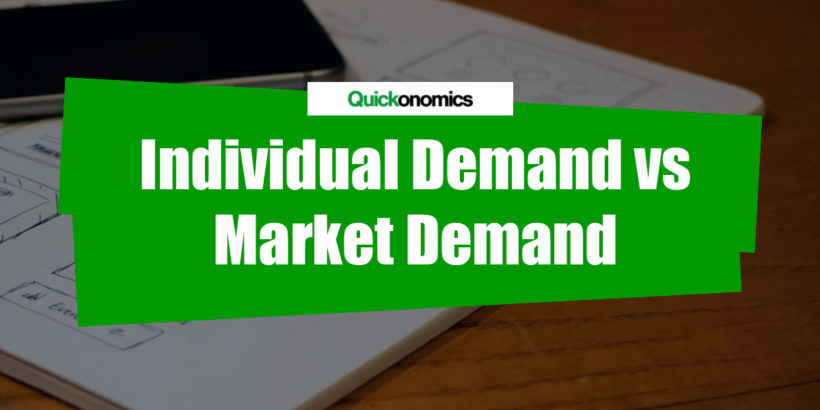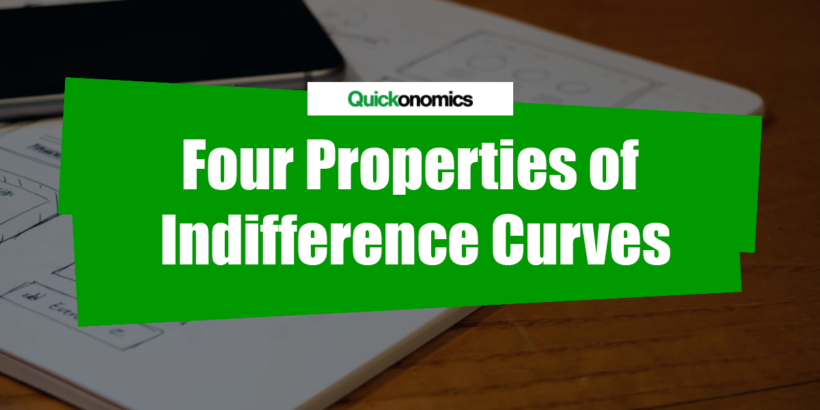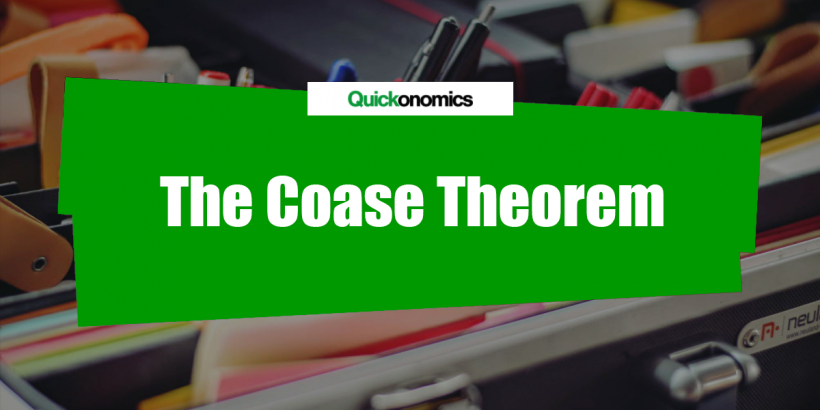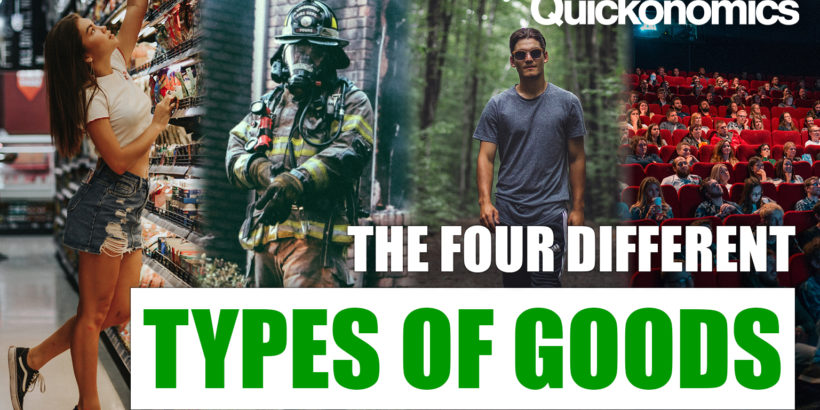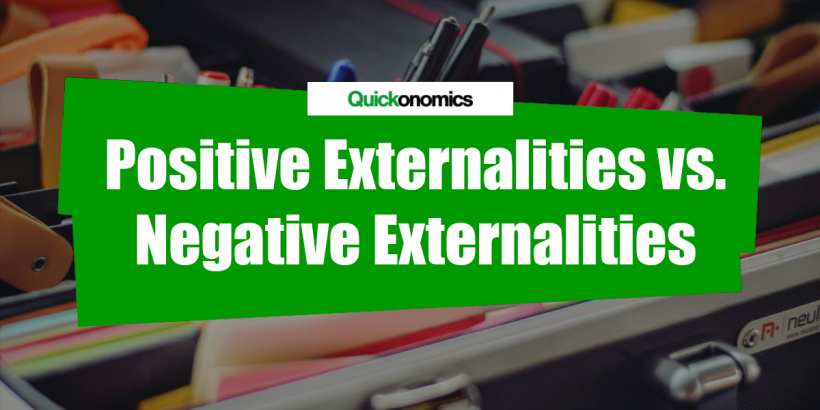t In an economic context, demand is defined as the quantity of a specific good or service that consumers are willing and able to buy over a given period. As you can tell, this definition looks at all consumers combined (i.e., aggregated data). However, individual consumers may have different preferences […]
Read more